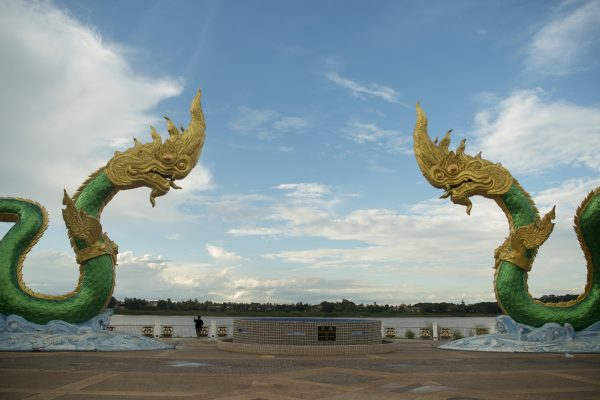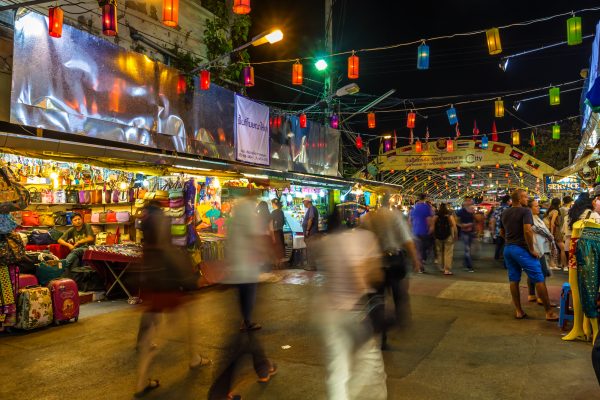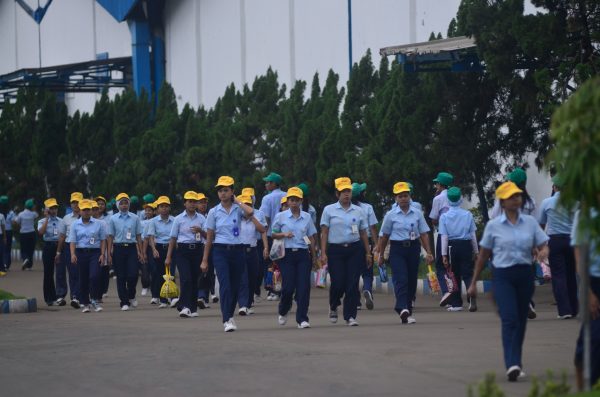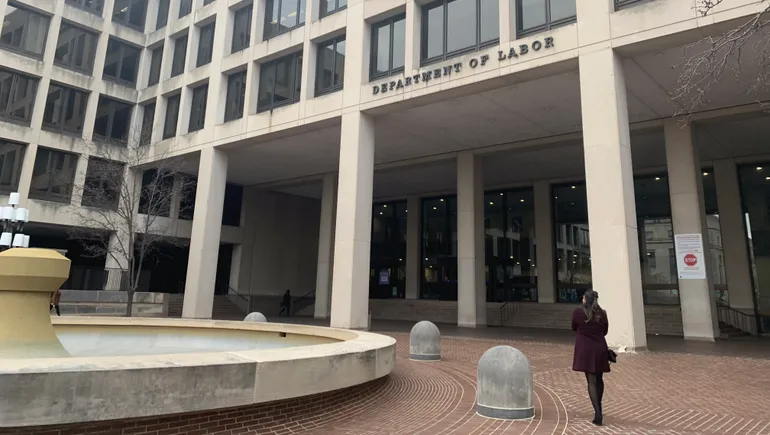On October 19, while in Beijing for the Belt and Road Forum, Thailand’s Prime Minister Srettha Thavisin expressed his government’s commitment to accelerating the construction of the long-delayed China-Thailand railway. “Logistics is one of the significant issues for Thailand regarding BRI cooperation,” he said in an interview with Xinhua prior to his visit. He promised that Thailand “would enhance the connection between its domestic railways and the China-Laos Railway, a flagship Belt and Road Initiative (BRI) project in the region.”
This statement appeared to signal Thailand’s strong commitment to expediting the construction of a project that is a key component of the BRI. The project, which will connect Bangkok to the city of Nong Khai on the border with Laos, holds the promise of bolstering logistics and connectivity both within Thailand and regionally. However, as Thailand forges ahead with this project, concerns remain about the potential cost, both in economic and political terms, and the impact on the nation’s sovereignty.
Back in 2016, Thailand and China signed an agreement for the Bangkok-Nong Khai High-Speed Train project, connecting Bangkok to Kunming through Laos. Thailand would fund the project itself, while China provided technology and railway system expertise. Despite repeated construction delays the previous Thai government last year committed to completing the project by 2028. After repeated pandemic-related setbacks, Wang Yi’s visit to Thailand in July 2022 aimed to prompt Thailand to expedite the connection between Bangkok and Kunming.
While Srettha says that he intends to move forward with the rail project, how likely is it to be built under the new Thai government? The railway is an important component of the BRI, and Chinese officials have previously expressed frustration with the slow progress to date. For Thailand, participating in the BRI offers the potential for increased economic integration and connectivity, not only with China but also with neighboring countries in the region. By fast-tracking the China-Thailand railway, Srettha’s government, which has pledged to focus above all on improving the Thai economy, is sending a clear signal about its dedication to further these goals.
Additionally, the decision to connect Bangkok to the Lao border via Khon Kaen and Nong Khai underscores the government’s recognition of the pivotal role these provinces play as transportation hubs in Thailand’s northeast. By establishing high-speed rail links to these areas, the administration aims to unlock their untapped stimulate regional development. In essence, this project is envisioned as a catalyst for stimulating economic growth and fostering progress in the region.
However, prioritizing such a large-scale project requires meticulous management and risk assessments in order to overcome the concerns that the previous government had about the project.
While the project’s proponents argue that it could lead to mutual benefits, including enhanced economic integration and technology transfers, Thailand’s decision to bind itself more closely to southern China could have implications for national sovereignty and pose long-term fiscal consequences. Thailand must address concerns about potential economic vulnerabilities stemming from significant financial involvement by foreign partners, especially when dealing with a major power like China. This balancing act is one that many other BRI participants have also had to face.
The decision to establish a high-speed rail link from Bangkok to the Lao border via Khon Kaen and Nong Khai highlights the strategic importance of these provinces in Thailand’s northeastern transportation network. While the project aims to stimulate economic growth and regional development, it has generated significant concerns. They are apprehensive about Thailand’s deepening partnership with China and the resulting increase in integration with the southern neighbor. These concerns encompass worries about potential impacts on Thai national sovereignty, doubts regarding the project’s necessity due to the existing rail connection to Nong Khai, and concerns about the financial involvement of foreign partners, particularly China, which could lead to debt accumulation and economic vulnerabilities.
Moreover, the project faces criticism on various fronts, including its environmental and social consequences, the need for greater transparency in execution, and the potential for geopolitical tensions arising from closer ties with China. Compounding these concerns are domestic political and bureaucratic disputes, rooted in the differing priorities and interests of various stakeholders. To effectively address these issues, the Thai government must conduct thorough risk assessments, maintain transparent communication with the public, and ensure that the anticipated benefits, such as economic integration, technology transfer, and regional development, outweigh potential drawbacks. Striking a balance between promoting economic growth and safeguarding sovereignty amid substantial foreign involvement is a challenge not unique to Thailand but shared by many Belt and Road Initiative (BRI) participants. Moreover, concerns extend to the financial aspects of the project. High-speed rail projects are notorious for their substantial costs and the potential for overruns. While the economic benefits of improved connectivity could be significant, they must be weighed against the burden of paying for the railway’s construction. Thailand’s ability to manage these financial obligations without compromising its fiscal health will be a critical consideration.
As of August 17, 23.95 percent of the first section of the railway, from Bangkok to Nakhon Ratchasima section, had been completed. However, it has faced significant challenges, including delays in land acquisition and changes in the project’s structure, impacting its progress. The previous government made several commitments to restart the project, but these promises remained unfulfilled, contributing to the project’s current stagnant status.
With a new government in power in Bangkok, one with a strong economic agenda, there is perhaps an opportunity to move things forward. But how much of a priority is the railway project for Srettha’s administration? While the Thai leader’s comments may suggest that he is supportive of the project, and recognizes the railway’s potential to stimulate economic growth, it remains to be seen whether he can overcome the financial and political concerns that have clung to the project since 2016.
Prioritizing the project entails the Thai government’s need to address concerns regarding potential economic vulnerabilities arising from significant financial commitments. Currently, no immediate issues exist, but potential challenges may arise in the future, particularly in the context of maintaining a balanced relationship with major powers like China when engaging with foreign partners. Thailand is the sole investor in the high-speed rail project, with China providing technological support. The project is mainly funded by Thailand, utilizing a mix of funding sources, including Chinese loans.
Srettha’s support for the China-Thailand railway project is apparent, but the government faces complex financial and political challenges in bringing it to completion. The project’s substantial costs and the potential for budget overruns must be managed carefully to safeguard Thailand’s fiscal health. Additionally, the project raises concerns about sovereignty and influence, forcing Thailand to navigate carefully its relationship with China and other foreign partners. As a result, uncertainty surrounds the project’s progress. Srettha’s support is a positive sign, but until concrete developments occur, the fate of the railway remains uncertain.





















Discussion about this post